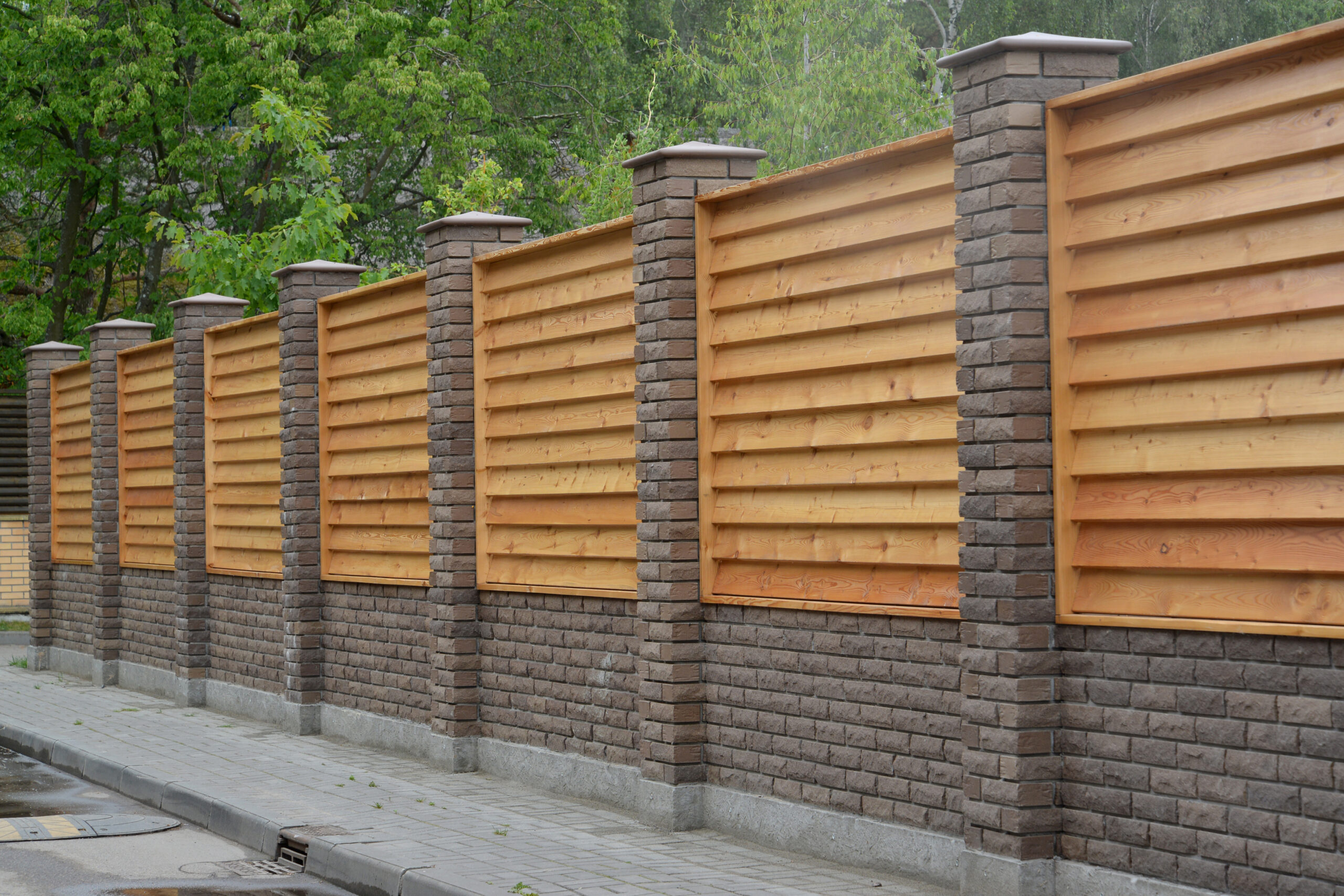7 Tips For Choosing The Right Fencing Material For Your Home
Fencing materials have a significant impact on the appearance and quality of your fence. And with different materials available in today’s market, choosing one that best suits your needs can be challenging. The right fencing material will increase your home’s value and your yard’s aesthetics.
Having an appealing and secure home is the dream of every homeowner. And achieving that may involve installing a fence with woven wire mesh or other materials. So how can you find the best type of fence for your home? Below are seven tips that can help you determine the right fencing material for you.
- Understand Your Needs
First of all, you’ll need to figure out the reason for installing a new fence. It can be for privacy, aesthetics, safety, or pet protection. And for instance, if your goal for fencing is to enhance privacy and increase the value of your property, a wooden fence will be the best option. Don’t worry, a reputable fence installation company, like Northland Fence of Minnesota or a similar one in your area, should be able to provide you with plenty of options so you’re not stuck with one or two.
- Know Your Budget
Different fencing materials come with different prices. Therefore, you’ll need to work on your budget before purchasing fencing materials such as wire mesh and installing a fence. When working on your budget, you should keep in mind your yard’s size and the amount of fencing you’ll require.
With this in mind, it will be easier to compare different fencing materials and settle for one within your budget. Don’t forget to add the cost of installing the fence to your budget on top of the cost of the fencing material itself.
- Keep Maintenance In Mind
You’ll need to keep maintenance in mind when looking for fencing material. Wooden fences require the most maintenance—you’ll need to restrain and repaint this type of fence every few years. On the other hand, steel & chain link, aluminum and vinyl require little maintenance. However, unlike wooden fences, replacing a damaged section of aluminum and vinyl will be hard.
- Identify Your Preferred Style
Each fencing material offers a unique style, so you’ll need to look for one that best suits your outdoor design. When looking for fencing material, you must keep in mind personal aesthetic preferences. For instance, a wooden fence is the best option if your preference is a classic look. However, if you want to focus on security, you might want to consider adding barbed wire to your fences. You might also want to consider a fencing material that is flexible enough to meet all your needs. Vinyl offers such flexibility since it is sturdy and easy to maintain.
- Know The Advantages And Disadvantages Of Different Materials
Aluminum, wood, chain-link, wrought iron, and vinyl are the most commonly used fencing materials. And understanding the advantages and disadvantages of each of these materials is vital when choosing the most suitable one.
Aluminum
In today’s market, aluminum is considered one of the most attractive and basic fencing materials. Aluminum is ideal for enhancing security and is considered very functional.
Pros
- Enhances security
- Easy to maintain
Con
- Offers less privacy
Wood
Wood is, without a doubt, the most popular fencing material, and it is for a good reason. Wood is known for being the most beautiful fencing material, and it offers top-notch privacy as opposed to most fencing materials out there.
Pros
- Offers outstanding privacy
- Features a classic look
- Very affordable
Cons
- Short lifespan of about 10 to 20 years
- Requires frequent maintenance
Chain-link
Chain-link is a budget-friendly and classic fencing material often used in public playgrounds and schoolyards. If high security and privacy are not of concern, then chain-link can be the best fencing material for you.
Pros
- Easy to install
- Relatively affordable
Cons
- Offers low privacy
- Provides low security
Wrought Iron
Wrought iron is a beautiful fencing material often used in the South in places such as New Orleans. This fencing material is classy and unique and offers plenty of outstanding styles.
Pros
- Very durable
- Offers a nice look
- Low maintenance
Cons
- Easily gets rusty
- Relatively expensive
Vinyl
Vinyl is considered one of the best fencing materials since it requires low maintenance and can withstand physical blows.
Pros
- Highly durable
- Requires little maintenance
- Available in different colors and styles
Con
- Relatively high upfront cost
- Understand HAO Regulations
If you live in a neighborhood where the HAO (Homeowners’ Association) sets rules, you might not have total control over the type of fencing material you can install. You should check your HAO’s regulations and find out the recommended type of fencing material you can use, along with the standard height of the fence.
- Work With Professional Workers
Installing a fence is not a DIY task, so it’s recommended to work with a professional like from www.cedarmountainfence.com. The whole process requires specific tools and top-notch skills that you might not possess. Furthermore, working with a professional will make it easy to choose the best fencing material for your property.
Takeaway
Now that you have all the vital information for choosing the most suitable fencing material for your home, it’s time to apply it where necessary. With these tips, you can never go wrong when choosing a fencing material that best suits your needs—to improve your yard’s look or your home’s security, or both.








0